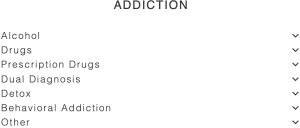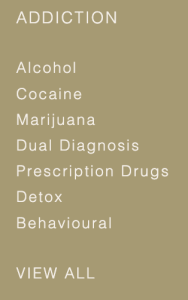12 Minutes
CONTENTS
As you age, you may begin to reflect on your early life with a mixture of emotions, including nostalgia, satisfaction, and sometimes even regret. Many would fear the coming of middle age, so you aren’t alone in your concerns, worries, and uneasiness. Sometimes, you may believe that your “best years” have passed, leaving you with nothing else to look forward to except long, monotonous days, a meaningless existence, and the gradual decay of your mind and body.
You may start to wonder whether you’re on the verge of the feared midlife crisis as you confront these profound questions and come to grips with the knowledge that your life has gone a different path than you anticipated.
A period of introspection is relatively typical, although only 10 to 20% of middle-aged individuals genuinely experience a crisis. The majority of experts regard the “midlife crisis” to be a cultural phenomenon, a Western illusion perpetuated by worn-out media clichés.
The significant changes that accompany this new life stage frequently elicit conflicting feelings. These emotions may not always create a crisis, but they are certainly worth investigating.
FAQs
A UNIQUE METHOD TREATING Mental Health
a successful and proven concept focusing on underlying causesMental Health TREATMENT LASTING APPROACH
0 Before
Send Admission Request
0 Before
Define Treatment Goals
1 week
Assessments & Detox
1-4 week
Psychological & Holistic Therapy
4 week
Family Therapy
5-8 week
Aftercare
12+ week
Refresher Visit
Mental Health Insights
latest news & research on Mental HealthWorld Mental Health Day
The theme for World Mental Health Day is “mental health in an unequal world,” which highlights the inequalities among people that come in the way of addressing mental health problems. As highlighted by the World Federation for Mental Health, these inequalities are with respect to gender, race, ethnicity, financial income, and sexual orientation.
read more
Statistics On Loneliness
London is the world's loneliest city, with 55 percent of its citizens reporting feelings of loneliness. With those figures in perspective, London would remain the loneliest city in the projected loneliness stats.
read moreAdrenaline Junkie
Adrenaline junkies are a unique breed of thrill-seekers who crave the rush of adrenaline that comes from high-risk activities such as skydiving, bungee jumping, and extreme sports
read more








